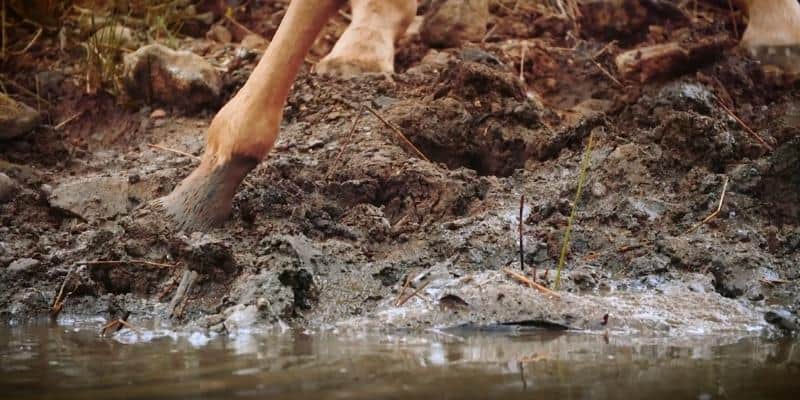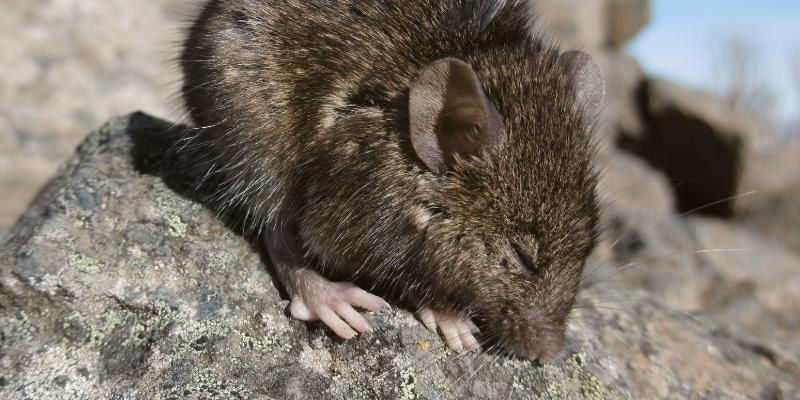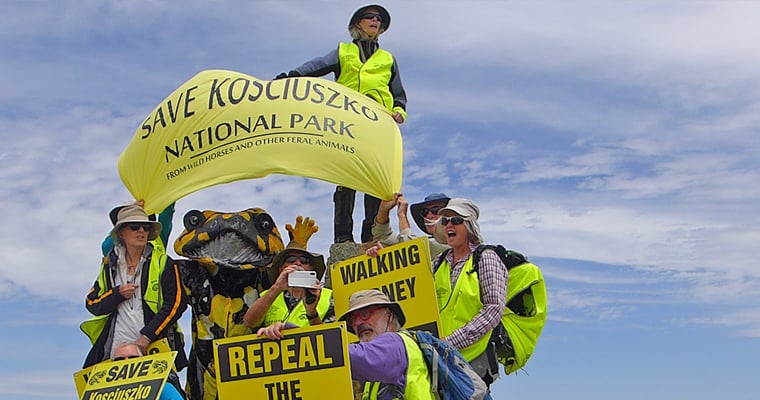The last few weeks should have been a rare and much-needed period of good news for Australia’s environment. The Australian government committed to zero new extinctions of native wildlife and the election commitments we secured in May for tens-of-millions to eradicate yellow crazy ants in northern Queensland and gamba grass in the Northern Territory were confirmed in the recent federal budget.
But, in the midst of these positive steps, we discovered the NSW government had quietly put people and nature at risk. What transpired has been a stark reminder of how ready some of our elected officials still are to reflexively react to a handful of public commentators, even if it means discarding science, the environment and agricultural industries in the process.

Behind the ban
In mid-September, in response to allegations aired by a shock-jock on Sydney radio, the NSW environment minister announced a ban on all shooting operations in Kosciuszko National Park. The ban was supposed to only last two weeks.
Five weeks later, it was still in place. We then discovered the ban had also quietly been applied to every national park in NSW.
That meant the NSW National Parks and Wildlife Service weren’t allowed to conduct scheduled pest shooting programs to control surging numbers of feral pigs, feral deer, feral goats and feral horses across all of the state’s national parks.
The move could jeopardise nature, jeopardise farmlands and jeopardise livelihoods.

Upon confirming the ban, our campaigners hit the press and our tireless supporters in NSW wrote hundreds of emails to their local representatives calling for the ban to be lifted as soon as possible. Other organisations, including NSW Farmers and the Australian Greens, quickly joined the drive to have the ban overturned.
Within three days, we heard confirmation that the ban would be lifted.
The news came as a welcome relief. But we remain concerned.
Kosciuszko once again in the lurch
At the time of writing, there is no confirmation that the ground shooting of feral horses in Kosciuszko National Park, the issue that sparked this ban, has also resumed.
A Kosciuszko feral horse management plan was released in November 2021 on the back of extensive consultation across the community and strong scientific advocacy from our Reclaim Kosci campaign. The plan mandates that the Kosciuszko National Park’s feral horse population must be reduced from around 14,000 down to 3,000 by 2027 to protect our fragile alpine ecosystems.
The aerial culling of feral horses in Kosciuszko National Park is not permitted under the management plan. And, while an important component of feral horse management, rehoming and fertility control have proven ineffective at reducing the population at a higher rate than the population itself grows by each year.
As difficult as it can be to confront, that leaves humane ground shooting as the essential approach to achieving the population reductions set out in the management plan. Without professional ground shooting, we will not be able to protect Kosciuszko and the surrounding alpine and subalpine regions.

With the NSW state election slated for March 2023, we remain concerned that the NSW government will continue to find political excuses to not implement their own feral horse management plan in Kosciuszko National Park until after the election. We will be keeping a very close eye on whether or not the ground shooting operations recommence.
Every day we wait for the NSW government to confirm ground shooting operations of feral horses have restarted in Kosciuszko National Park is another day the park becomes ever more trampled and grazed beyond recognition.
Make an impact for Kosciuszko
We are calling on all parties and candidates contesting the upcoming state election in NSW to support the immediate implementation of the feral horse management plan in Kosciuszko National Park. But these calls ring much louder through the halls of parliament when you make them too.

If you want be a real part of protecting Kosciuszko’s wildlife from a rising tide of feral horses, our advocacy manager Jack Gough has put together four recommendations for how to make real impact:
- Share this article on social media to spread the word (use the links below to share).
- Send a quick note to your local state MP expressing your concerns and asking them to call on the NSW environment minister to resume feral horse control in Kosciuszko National Park (you can find your local state MP here).
- Send a letter (ideally less than 100 words) to the Sydney Morning Herald or your local paper expressing your concern that Kosciuszko National Park has once again been put in jeopardy for the sake of political games. For the Herald, you can email letters@smh.com.au with your full name, address and phone number.
- Call up your local ABC radio station and ask to talk about why you oppose Kosciuszko’s feral horse management being held in an indefinite pause. You can find their contact details by clicking on the station in this list here and scrolling down to a big red rectangle that says ‘Connect With ABC [Sydney, Broken Hill, Illawarra, etc.]’.
If you would like to hear more about what went on behind the scenes over the past few weeks, you can also register for our upcoming Aliens Among Us webinar on Tuesday, 22 November.

